VW Baywindow Production Changes
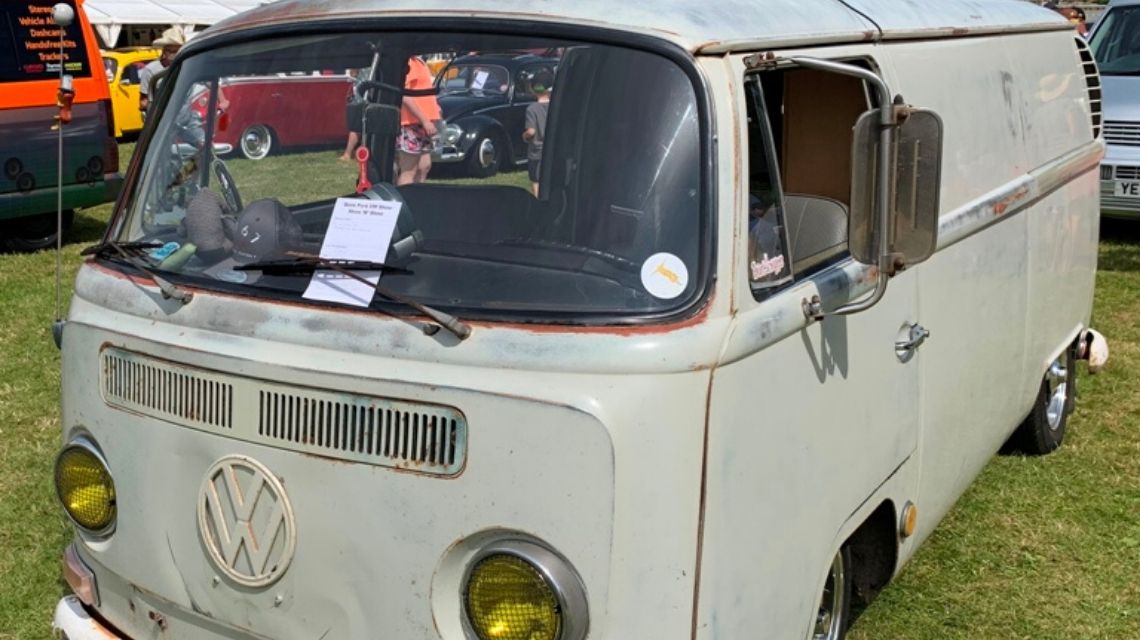
The first Baywindow Bus came off the production line in August 1967 with Chassis number 000 001. It featured a sliding door as standard and a panoramic one-piece windscreen. Eavery model was fitted with dual circuit brakes and IRS rear suspension. The drive was powered by a 1600cc Single Port Engine running a 4 speed manual gearbox.
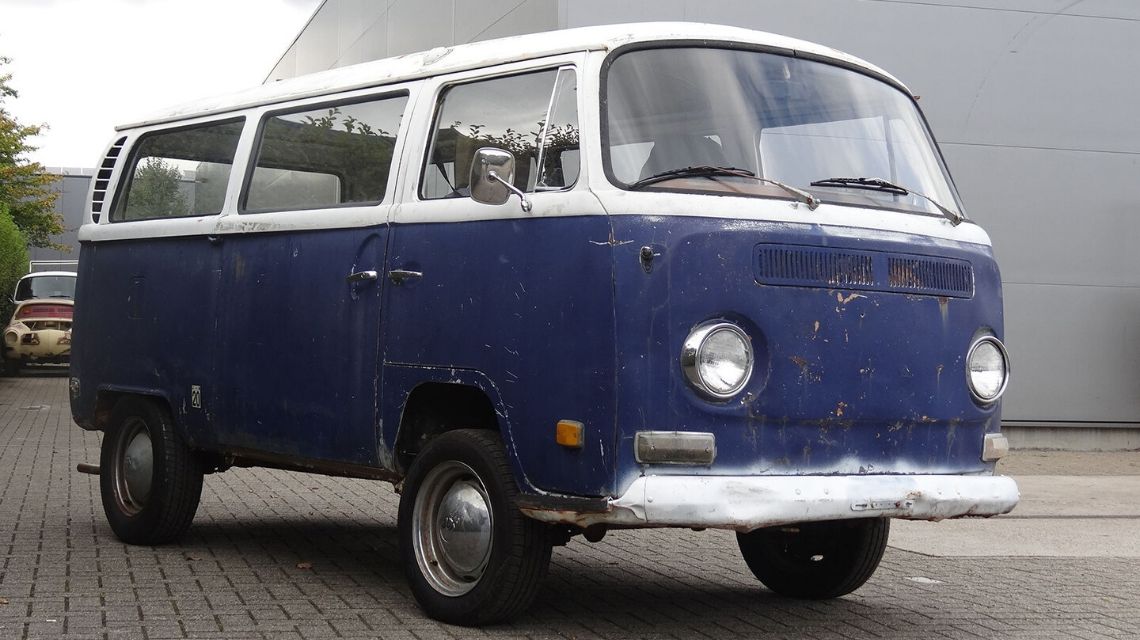
The Cab door handles were upgraded from those originally fitted to the Splitscreen with a Push button to an all new design with a Trigger behind the hand to open the lock.
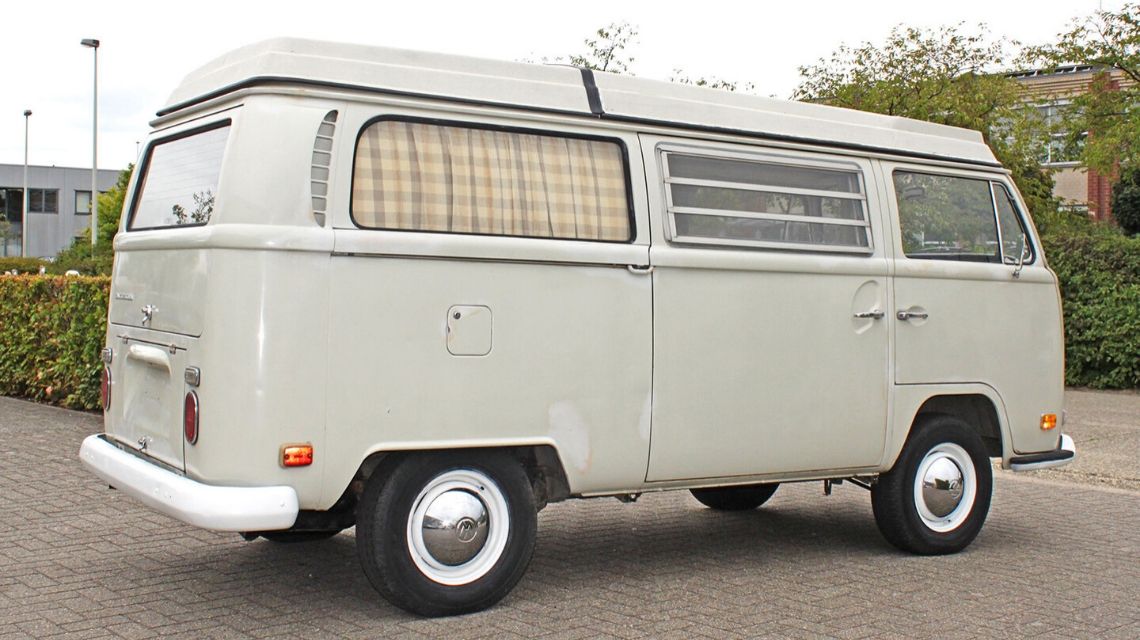
The front beam was upgraded in 1970 and the 4 mounting bolts on each side were mounted further apart to the previous models. On US Spec versions the side reflectors were changed in shape from Round to rectangular.
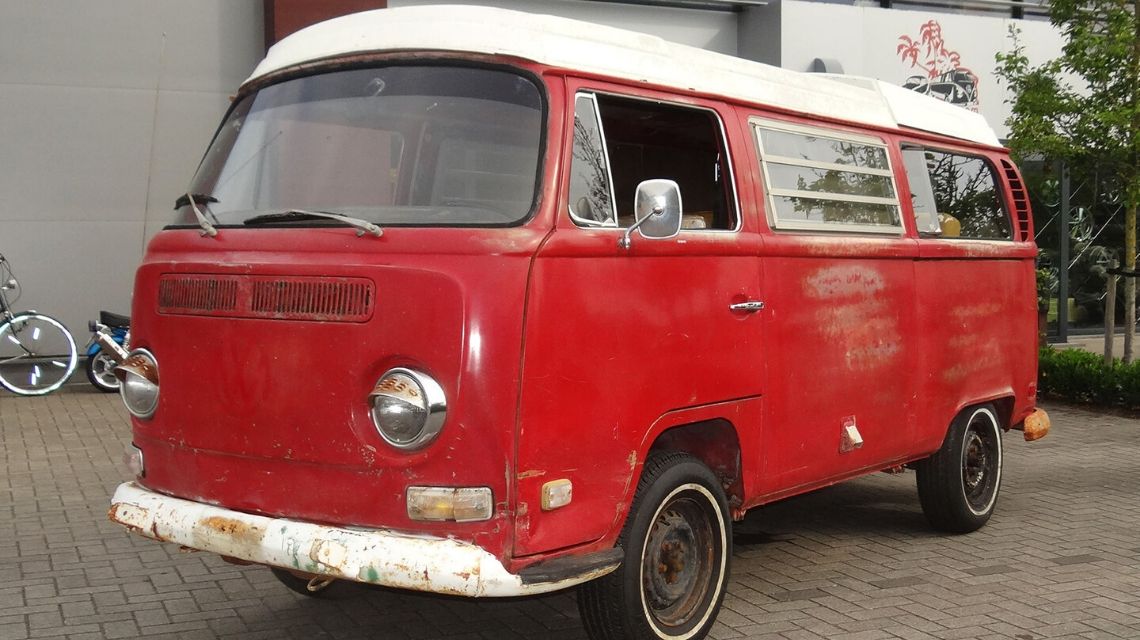
The 1971 Baywindow Bus was the first Bus to feature disc brakes on the front axle. In order to obtain this the mounting surface of the wheel has to be dramatically reduced. From now on all Wheels would have a smaller 5 stud pattern with a 5×112 PCD. A brake pressure regulator was fitted to the rear brakes to help equalise the front and rear pressure under heavy braking. The 1600cc engine was upgraded to the Twin Port version and with it all new tinware and exhaust was fitted to help with extra cooling.
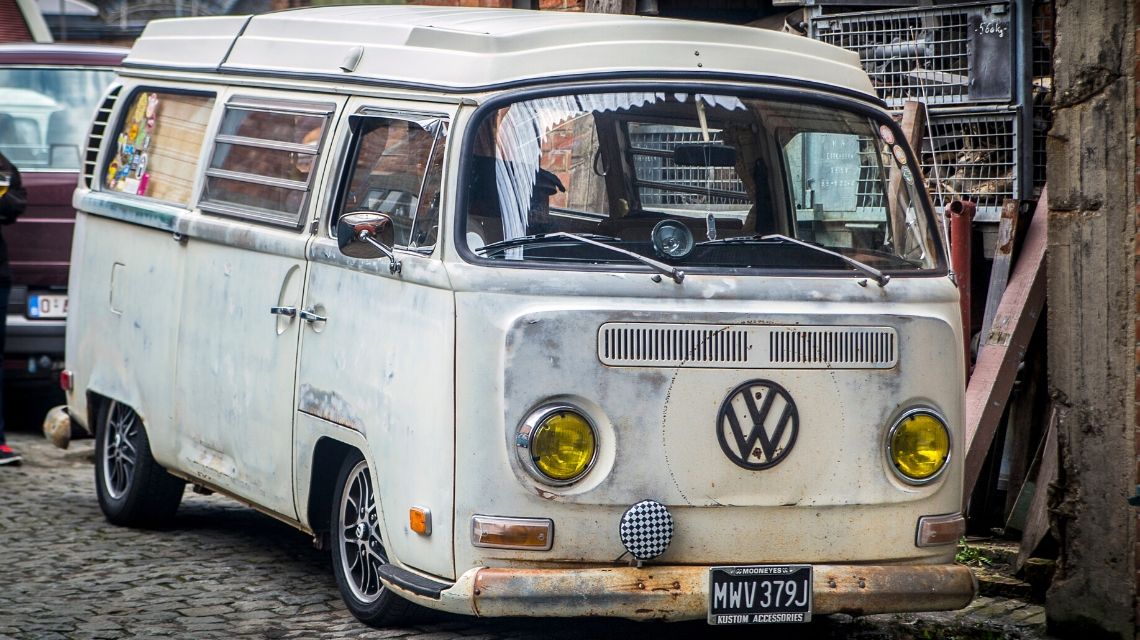
The end of the ‘Early Bay’ was here. The 1972 model is often referred to as the Cross-over Year (Crossing over from the Early Bay to the Late Bay). It included a mixture of older Early Bay features crossed with some of the brand new Late Bay features that would follow on in 1973. The front of the Bus had very little changes made to it but the rear of the bus would now feature a fixed rear valance, A new tailgate and engine lid design and longer rectangular tail lights. 1972 also saw the introduction of the all new 1700cc Type 4 engine. The rear wheel cylinders were increased in size and the steering box would now be manufactured in a new cast alloy casing instead of the earlier cast iron version.
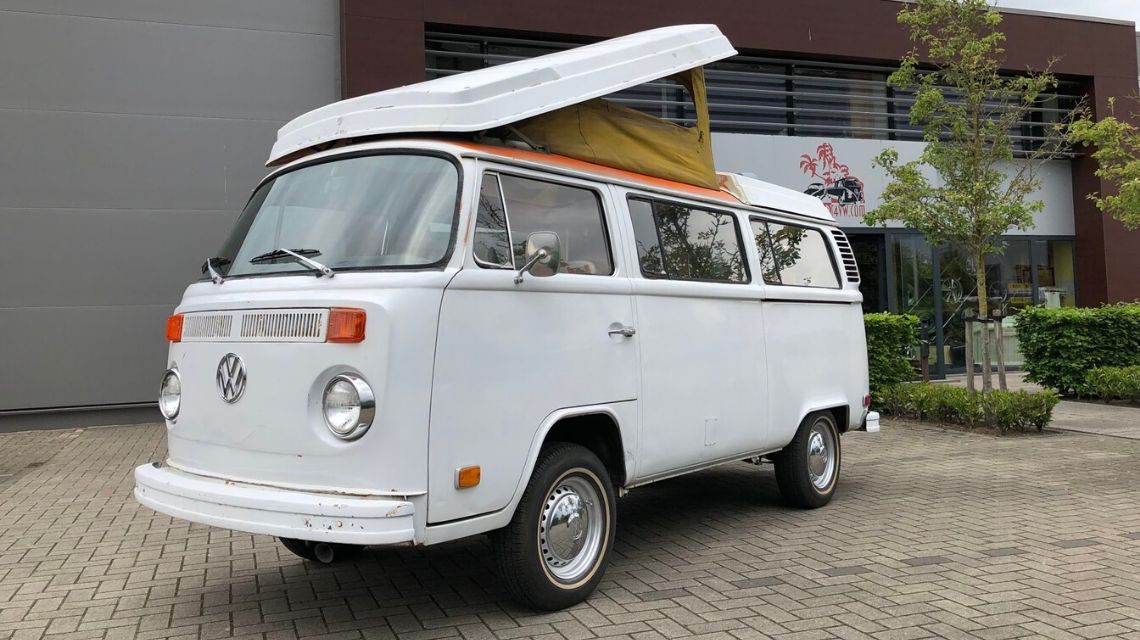
In 1973 the first ‘Late Bay’ was put into full production. The front indicators were now moved from below the headlamps to either side of the front fresh air grill. The VW Badge was now made 3” smaller in diameter and manufactured from plastic. The wrap around bumpers of the Early bay Design were now a thing of the past. A new Squarer shaped front and rear bumper was now installed which did not include steps to help get into the front cab. Instead the steps were moved to form part of the front wheel arch. The front brakes were modified with a new caliper and brake disc design.
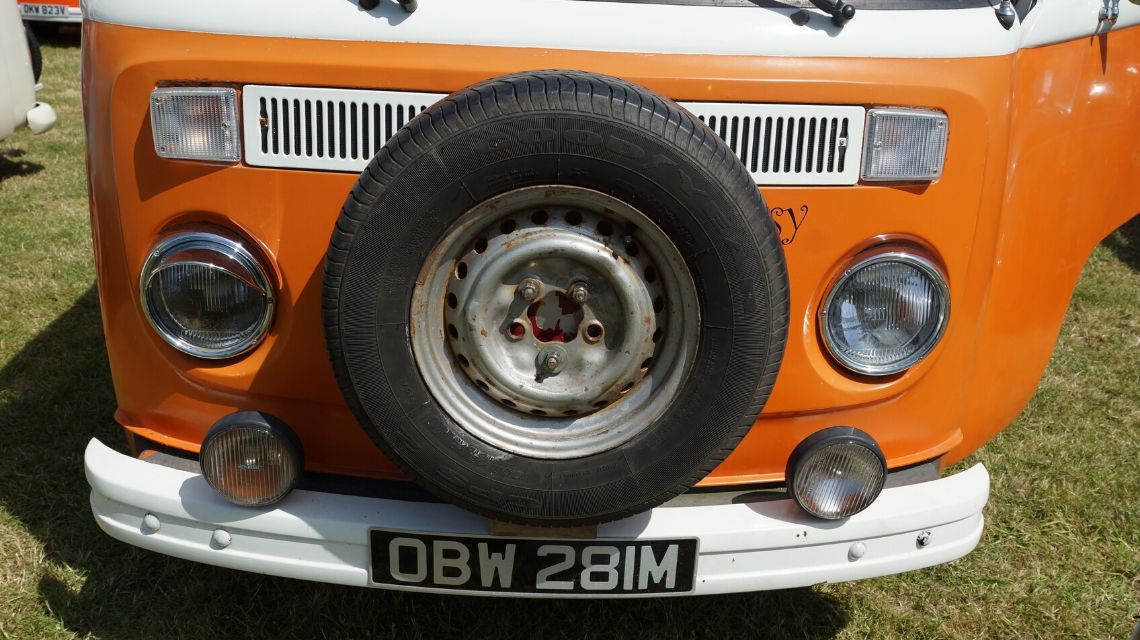
The fuel flap was now a thing of the past and a new visible lockable fuel filler cap was now featured. The sliding door saw the lock move to a separate position below the now longer, keyless, sliding door handle. The 1700cc engine was upgraded to 1800cc and a Bosch fuel injection system was added to the US Market.
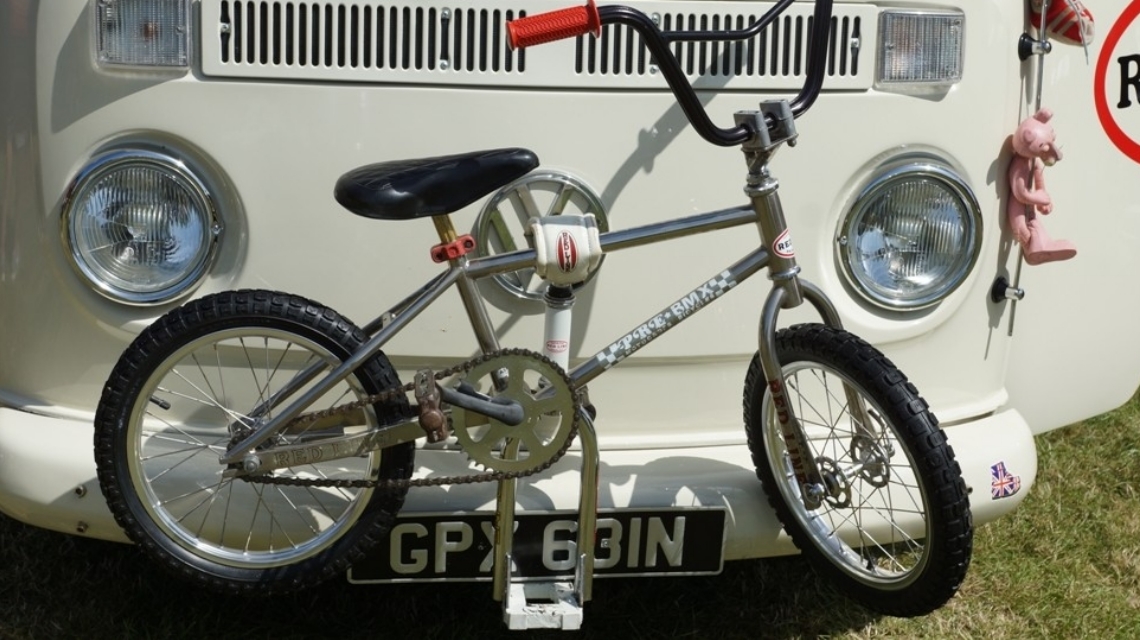
There were not many changes in the 1975 model. The 1600cc engine flywheel was changed to a 215mm version with the new AS engine which also incorporated slightly longer engine studs which attach the engine to the gearbox. This introduced a slightly larger clutch. The starter motor was changed on all models to a version with a longer Bendix Gear. The interior light was now a new smaller more squared edge version which would feature until the end of production.
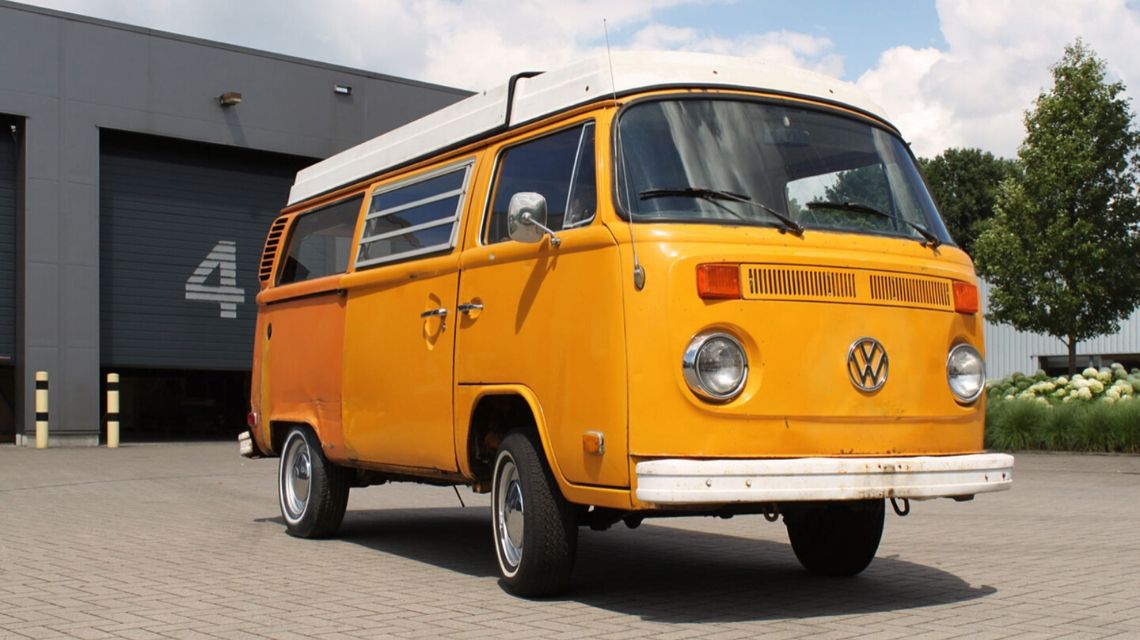
The 2000cc Type 4 engine was now available as an optional extra. The 1600cc exhaust would have its final modification and now feature for the first time a one-piece tailpipe design. The engine lid hinges were modified to a new design.
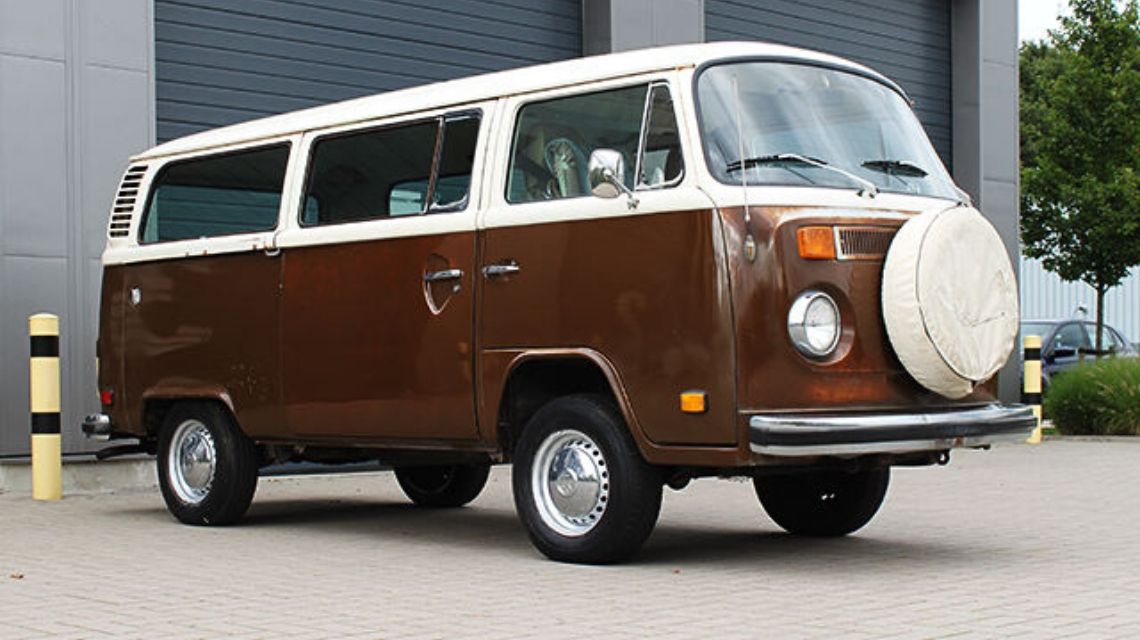
By 1977 over four million transporters had come off the production line since the start of the Splitscreen Bus in 1949. Sliding windows replaced the rear quarter light windows to Microbus models and a new slightly thicker steering wheel was fitted.
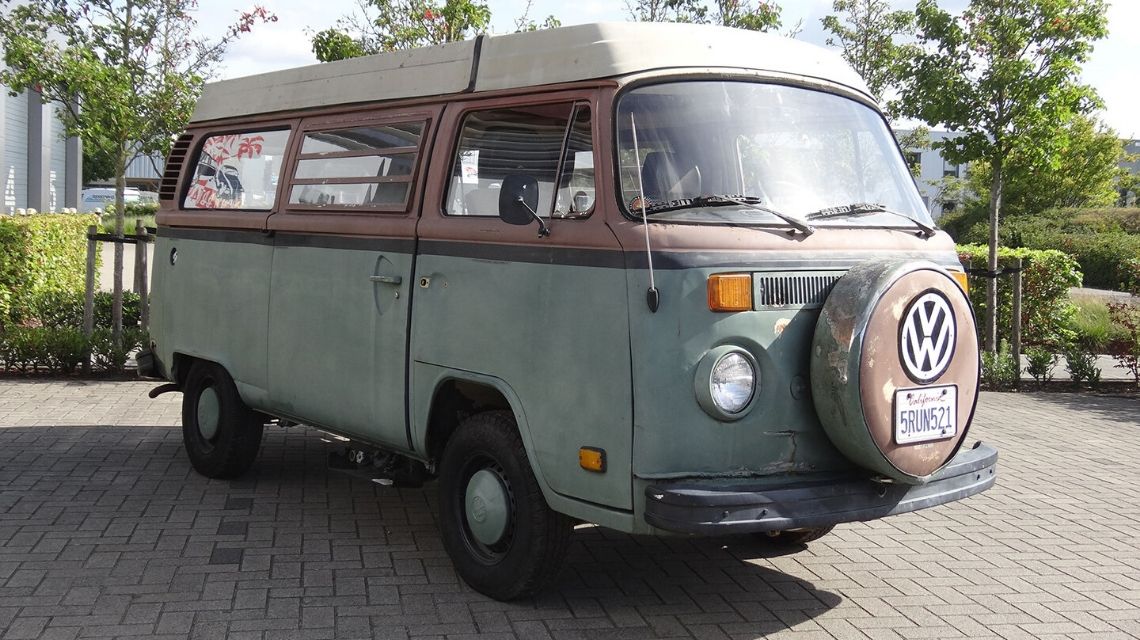
The 2000cc Type 4 engine now featured a new design in cylinder head which also included a new design in heat exchangers.
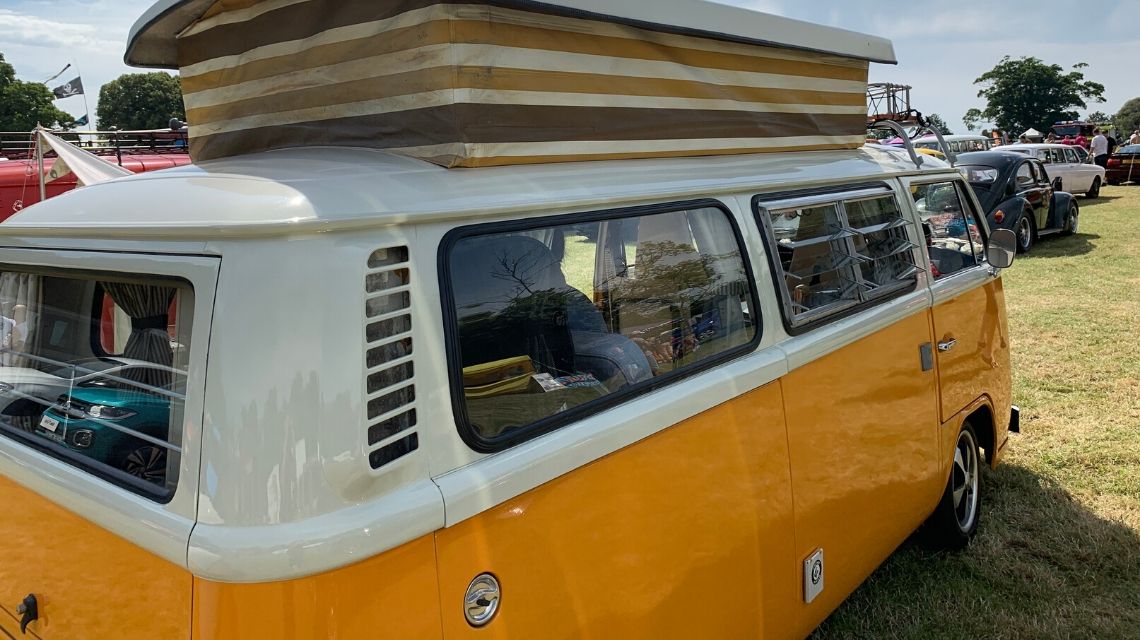
July 1979 saw the end of production of the Baywindow Bus which would follow with the all new T3 model (Known as the Type 25 in the UK).